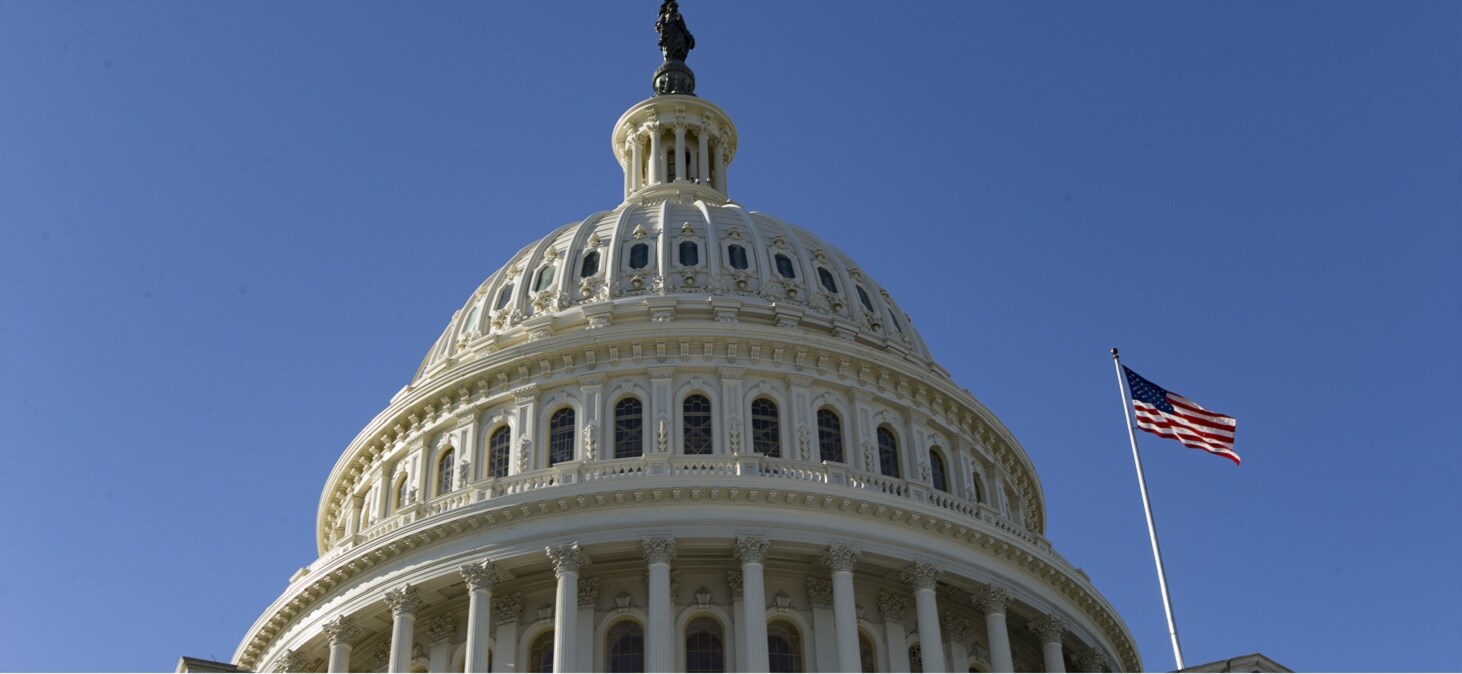
(UBS)
Executive Order Barrage. On his first day in office, President Trump set a record by issuing 26 executive orders (EOs) covering a wide range of issues. Major areas of focus were immigration and energy. In general, the EOs do not trigger immediate changes in policy. Rather, they initiate studies, investigations or reviews of existing policies that will serve as a basis for subsequent regulatory changes. New presidents often issue EOs in their first week to begin to reverse policies of their predecessors. The EOs help kick off the processes of regulatory change, but those processes won’t begin in earnest until Trump’s choices for cabinet posts and leadership positions at regulatory agencies are fully in place.
Tariffs on Deck? We have received many questions from colleagues and clients about the timetable of new tariffs. President Trump this week signaled his intent to impose higher tariffs (between 10% and 25%) on imports from Canada, Mexico, and China on or around 1 February. We believe Trump is sending a message to these countries as a means of initiating negotiations to address US grievances on immigration
enforcement and fentanyl imports into the US. Given that the Trump officials with primary authority over tariffs are still going through the Senate confirmation process, we don’t believe the higher tariffs will actually go into effect on 1 February. The President has the authority to impose higher tariffs, but those typically need to go through a formal process that could take months. The administration is considering using an emergency authority that has never been used before to impose tariffs. While this authority would provide for a more fast-track process, the authority would be vulnerable to legal challenges that could delay and possibly block tariff increases. Going forward, every tariff threat made by the President will initiate a negotiation, which, if resolved, could alleviate or delay higher tariffs. This will be a theme throughout the year, with very few countries likely to be spared from the tariff threat.
102. President Trump’s term is just four days old. The administration has many White House staff in place (about 100 by some reports), but Trump will need a more complete ensemble of cabinet secretaries and regulatory heads to carry out his policy priorities. As of today, as noted above, just two cabinet-level officials have been confirmed by the Senate. So, while many parts of the Trump agenda will be well articulated in the upcoming days and weeks, the staffing needed to put it in place will trail by months.
For more on crypto, Greenland, and discussion on the Gulf of America, see this week's Washington Weekly .


